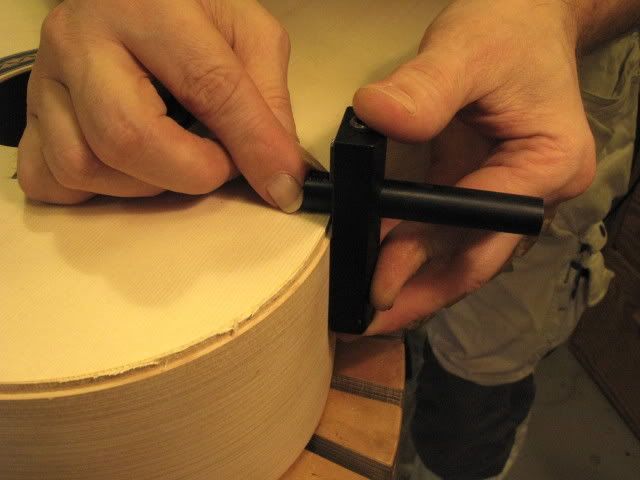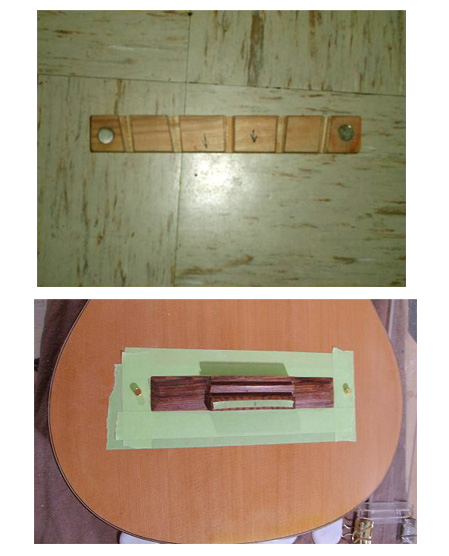|
Per Hallgren -> RE: The building of a Swedish flamenco guitar (Jan. 17 2008 17:31:07)
|
Hi xirdneH_imiJ, the guitar is far from finished but what remains to do is not very easy to show in pictures. After I put strings on it I let it set for some time. I play it, I experience it and I swear over it[:D]. All new guitars are like an opera primadonna. One day it is fantastic, the other day it is like it did not sleep well in the night and has headache and sore throat... I guess there is a lot to happen in a newly strung guitar. The wood need to stretch and find the balance within the instrument. Anyway, when I feel that the guitar is stable enough I play it more and with a more critic ear. If there need to be some thing adjusted I work with the different parts to get it right. Then I take off the strings, dress the frets, finish sand the guitar and start the french polishing.
|
|
|
|



































































































































